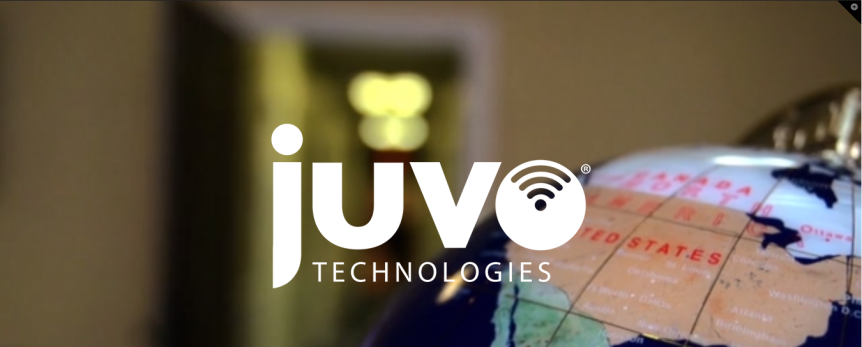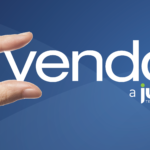All too often, organizational dysfunction is considered “normal” when it comes to the interaction of those in the IT realm and those within the finance realm. This really doesn’t have to be the case, and in fact, where these two departments can work in concert, true competitive advantage can occur.
One area this is most applicable is within the seemingly competing concepts of TCO or Total Cost of Ownership, and ROI, or Return on Investment. Most CTOs, CIO’s, and CFO’s are familiar with both terms, but there are often problems surrounding which metric is better when looking at IT related products or initiatives. In large part, the problems come down to two concepts:
- The organization is traditional in nature (not Twitter, not Facebook) and so while IT projects might increase productivity, they don’t actually create a quantifiable “return.” This problem frustrates the CTO or CIO who is tasked with providing information for an ROI assessment that will be almost impossible to produce with any degree of accuracy.
- The organization looks at these two concepts as “either-or” type tools, when in fact, they are both good tools that vary in usefulness depending on where the organization is within the decision making cycle.
ROI is a concept that should typically be looked at when comparing competing technologies. It should take place before a vendor is chosen and every effort should be made to quantify what the technology might do for the organization. It must be understood that technologies don’t always lend themselves to dollar quantification, but attempts should be made whenever possible.
TCO is a concept that should typically be looked at when comparing different vendors or different technological combinations. This is done after an initiative or project has been vetted and deemed worthy of pursuing. This is when you go comparative shopping, weighing the merits of the different vendor offerings.
In short, these two concepts have very real merits, but those merits vary depending on where in the purchase or implementation lifecycle a particular project happens to be.
Two examples should help clarify:
You are a health care provider and your dear Uncle Sam has already made the decision for you that you are going to begin utilizing electronic health record technologies. As this decision has already been made for you, it is really an exercise in futility to come up with an accurate ROI on this initiative. You know it’s going to cost money. Perhaps by being an early adopter, you can position your hospital as being on the cutting edge, and perhaps that will bring a few new patients, but in large part, the decision to adopt has already been made, so Total Cost of Ownership is what matters.
As that same health care provider, perhaps you are investigating whether or not to pursue Telemedicine or Telehealth, which will allow you all to carry out and perform certain functions remotely. In other words, there is the possibility that by pursuing this new technology, there will be, or could be a return that would make the investment worthwhile. This is where ROI comes into play. Upon making the decision that it makes sense to pursue, than TOC would be used to determine which providers might best implement the initiative.
Understanding these concepts can go a long way in ensuring a coherence between IT and Accounting, a coherence that can have a positive impact throughout the organization.










